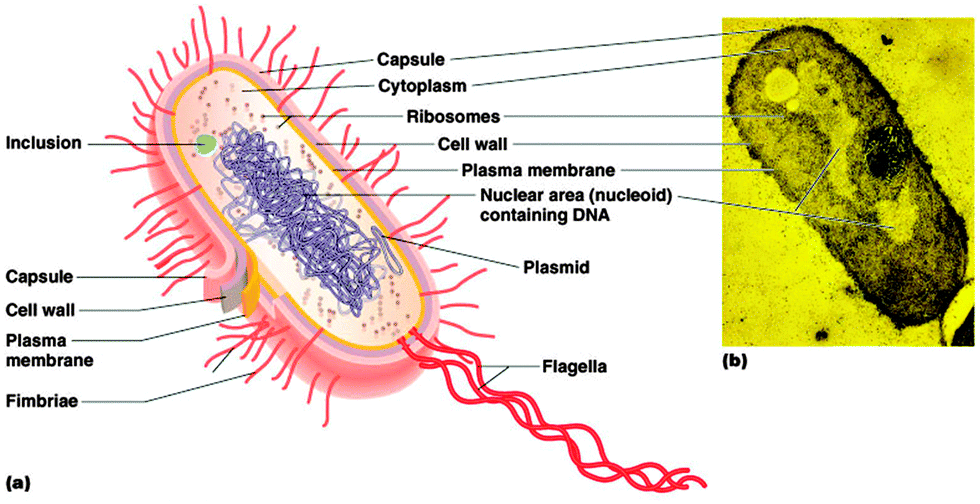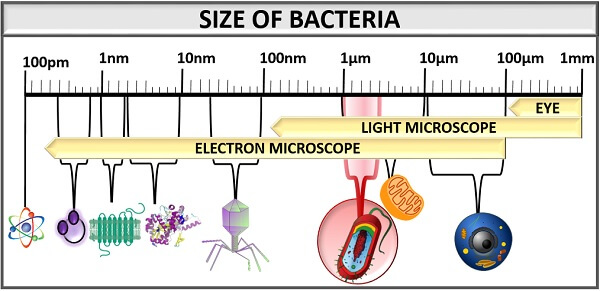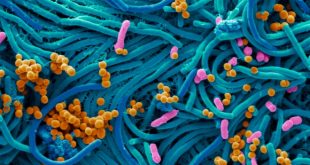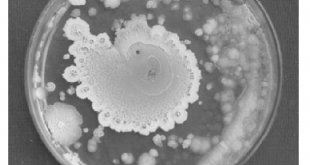Best safe and secure cloud storage with password protection
Get Envato Elements, Prime Video, Hotstar and Netflix For Free
Best Money Earning Website 100$ Day
#1 Top ranking article submission website
In 1675, on June 9, 10, 11 Antony van Leeuwenhoek first observed smaller particles and called them Animalcules. He presented his findings in the Royal Society of London on October 9 in 1676. Finally, Robert Hook and Nehemiah Grew observed bacteria during work with chilies water on 15 November 1677. And the word bacteria was proposed by Erenberg in 1829. The word bacteria means stuff.
It is estimated that there are more than 10 million bacterial species present in the world. Most are very small, single-celled organisms (some form filaments and many associated in a bacterial mass called a biofilm). The cells may be spherical, spiral, or rod-shaped, and they lack the cell nucleus and most of the typical cellular compartments.
They occur singly or in groups and are widely distributed in nature. They are present almost everywhere in water, in air, in soil and in all organic bodies, living or dead. They present mostly in the upper layer of cultivated fertile soil. Bacteria are also present in large numbers in the intestines of man and animals, e.g. Escherichia coli. Some of them can withstand extreme heat and cold. Most of them can live in the presence of oxygen and are said to be aerobic, e.g. Bacillus subtilis. But a few can live only in the absence of oxygen and are said to be anaerobic, e.g. Clostridium tetani.
Characteristics
- Bacteria are unicellular organisms.
- The cells are haploid.
- Usually, they grow as a single colony.
- They are simple associations of similar cells, reproduced mainly by binary fission.
- They are present almost everywhere in the water, in air, in soil and inorganic bodies living or dead.
- They are prokaryotic, i.e. their DNA (genetic material) is not enclosed within a membrane and is one circular chromosome.
- Their DNA is not associated with histones (special chromosomal proteins found in eukaryotes); other proteins are associated with the DNA.
- They lack membrane-enclosed organelles.
- Mitochondria, pinocytosis, Golgi bodies, chloroplast, endoplasmic reticulum absent in the cytoplasm.
- Their cell walls almost always contain the complex polysaccharide peptidoglycan.
- They usually divide by binary fission. During this process, the DNA is copied and the cell splits into two cells.
- The various structures of a bacterial cell differ from one another not only in their physical features but also in their chemical characteristics and in their functions.

Size
Bacteria come in a great many sizes and shapes. Most bacteria range from 0.2-2.0 μm in diameter and 2-8 μm in length.
An important consequence of the small size of microorganisms is that the surface area/volume ratio of bacteria is exceedingly high compared to the same ratio for larger organisms of similar shape.
A relatively large surface through which nutrients can enter compared to a small volume of cell substance to be nourished accounts for the usually high rate of growth and metabolism of bacteria.
Because of the high surface area volume ratio, the mass of cell substance to be nourished is very close to the surface; therefore, no circulatory mechanism is needed to distribute the nutrients that are taken in, and there is thought to be little or no cytoplasmic movement within a bacterial cell.
Despite these advantages, a high surface area/volume ratio limits the size of bacteria to microscopic dimensions.

Table: Comparison of the surface area/volume ratio of spherical organisms of different sizes.
| Diameter of Surface area μm | Surface area
μm2 (4πr2 ) |
Volume μm3
(4πr3 /3) |
Surface area/Volume μm-1 (3/r) |
| 1 | 3.1 | 0.52 | 6 |
| 1,000 | 3.1×106 | 5.2×108 | 0.006 |
| 1,000,000 | 3.1×1012 | 5.2×1017 | 0.0000006 |
*For a given volume, the geometrical shape that has the smallest surface area/volume ratio is a sphere; i.e., if two organisms have the same volume, one being spherical and the other cylindrical, the cylindrical organism has the greater surface area/volume ratio.
 Plantlet The Blogging Platform of Department of Botany, University of Dhaka
Plantlet The Blogging Platform of Department of Botany, University of Dhaka





